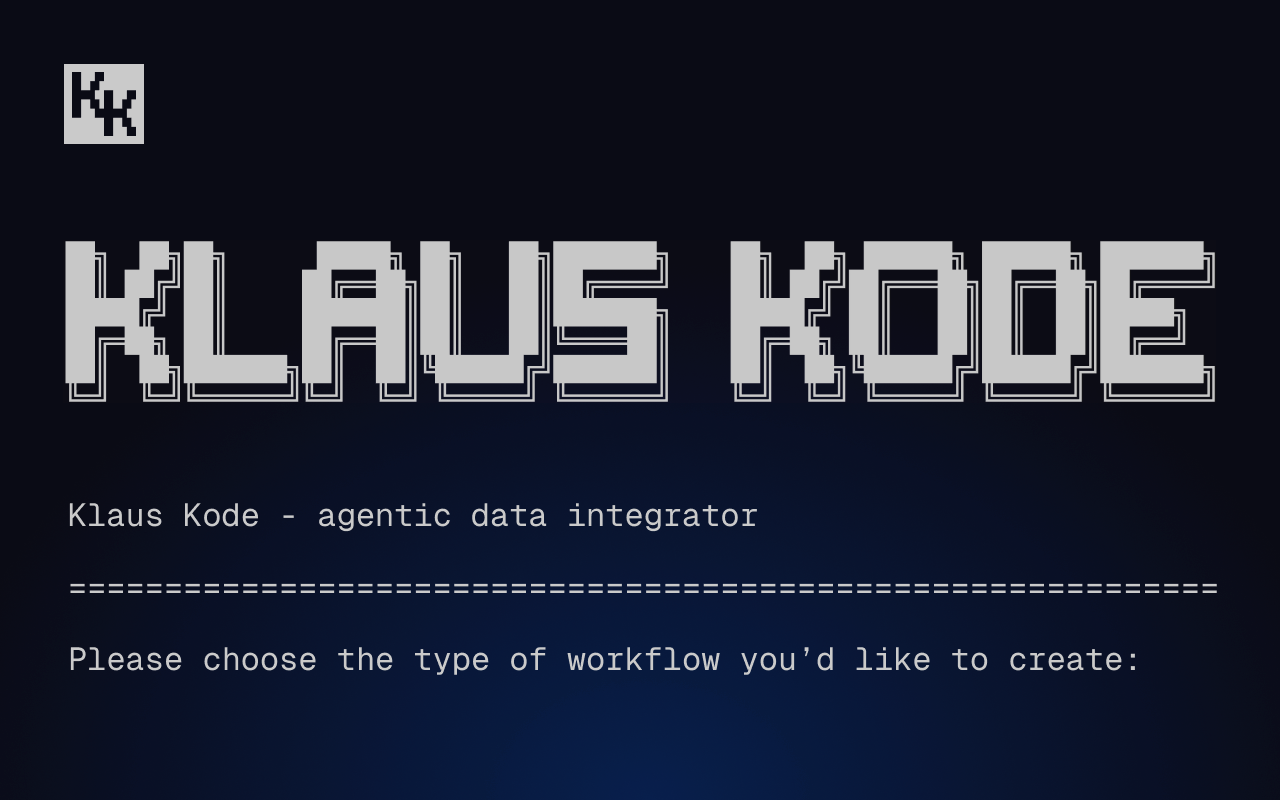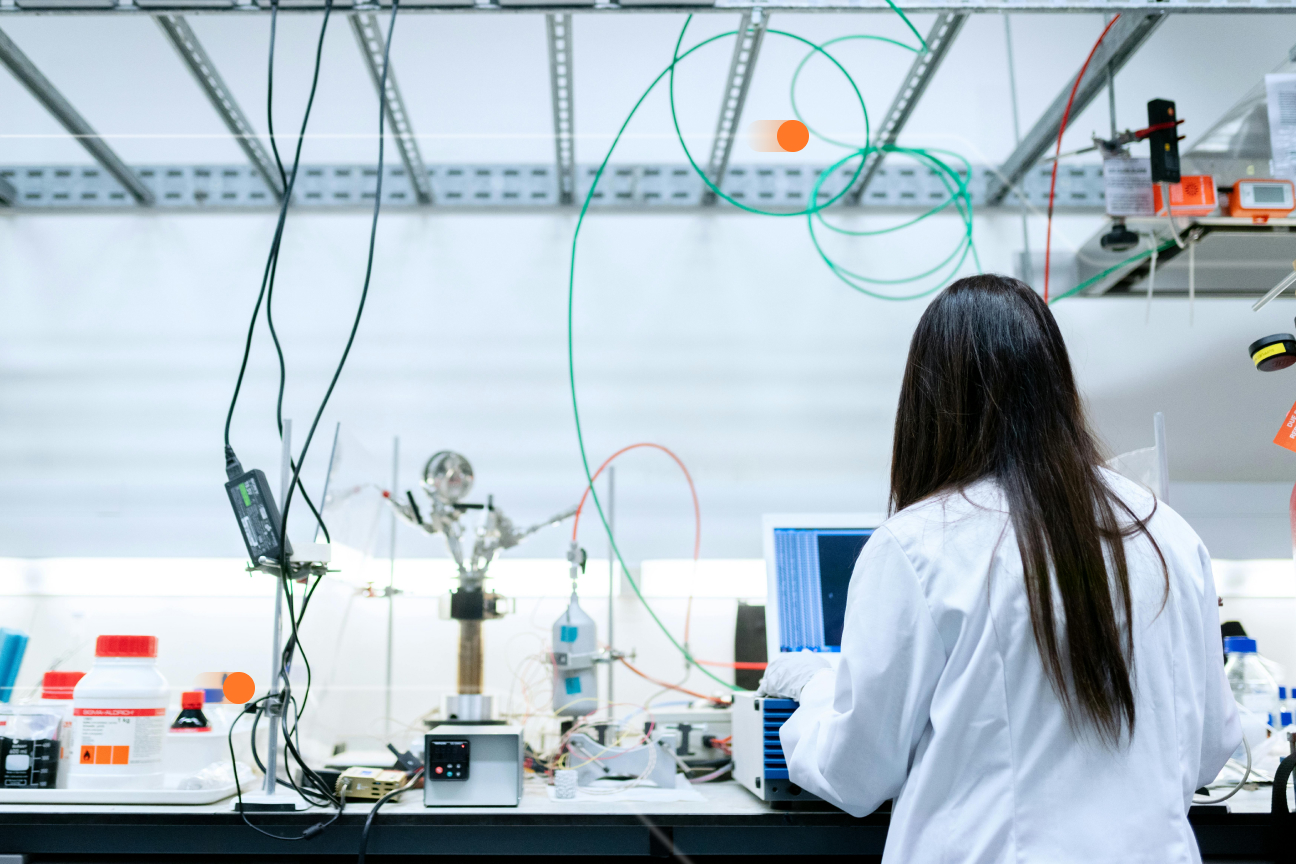Why industrial IoT is essential and how to implement it
The internet of things has expanded from small personal devices to warehouses and factories. This post will look at how IIoT impacts various industries and how to start or accelerate your transformation.

The internet of things has expanded from small personal devices to warehouses and factories. These technologies, dubbed Industrial IoT or IIoT, transform companies into smart manufacturers and revolutionize production methods. In this period of transformative change, new companies will emerge to disrupt established businesses and existing companies must adapt or fade into history.
“Developing smart factories provides an incredible opportunity for the manufacturing industry to enter the fourth industrial revolution,” states IBM. These “digital technologies lead to increased automation, predictive maintenance, self-optimization of process improvements and, above all, a new level of efficiencies and responsiveness to customers not previously possible.”
This post will look at how IIoT impacts various industries and how to start or accelerate your transformation.
Industrial IoT is an essential component of the current industrial revolution
If “knowledge is power,” data is a company’s most valuable asset. Collecting that data and turning it into action provides a competitive advantage that will be table stakes in the future. To stay competitive, companies need to build data capabilities that connect the entire business and empower employees to reimagine the way they work.
IIoT is the frontline of data collection. Collecting and integrating vast quantities of real-time data provides tangible benefits that help companies thrive.
Use holistic data for better decisions
IIoT forms a data-rich network of connected sensors and devices. This data can be combined to reveal holistic insights about process efficiency, machine maintenance and year-over-year performance. It can be combined with other information — weather conditions, market trends, expense reports, etc. — to provide rich context that makes the data you collect even more valuable.
John Deere helps farmers increase efficiency and crop yield with IIoT-enabled tractors and equipment. Sensors collect real-time data on tractor position, seed distribution, soil conditions and other key factors. Real-time data combined with historical data enables farmers to fine-tune planting, irrigation, harvesting and field maintenance. Newer models incorporate “computer vision” to automate decisions and adjust tractor settings in real time.
Help employees work smarter
Automation, like that used by John Deere, has another significant benefit. It reduces reliance on highly-skilled employees who have too many responsibilities as it is. Automation helps companies maximize the resources they have. In fact, John Deere is piloting computer vision on their own manufacturing lines to improve weld integrity.
Texmark Chemicals, a chemical processing and manufacturing company, implemented IIoT to cut maintenance costs in half. Supervisors who once spent their days walking the line can now focus on other tasks while IIoT sensors monitor equipment and send alerts to their phones when something needs their attention.
In the healthcare industry, IIoT devices combined with machine learning are helping busy doctors and nurses monitor patients. The University of Chicago Medicine reduced the number of cardiac arrests in the hospital by an estimated 15 to 20% by using streaming analytics and a predictive algorithm to alert teams in real time when a cardiac arrest was likely to happen.
Scale and optimize with automation
Automation is also key to scaling processes, but it can be challenging when tasks rely on a high level of employee expertise. IIoT combined with machine learning can help companies take that internal expertise and scale it.
Control, a telemetry company specialized in race car data connectivity, partnered with Quix to increase the impact of their engineers. Previously, an engineer manually configured devices for each race location, which was time-consuming and made it difficult to respond to changes. With Quix, they were able to build and train machine learning models. Now device configuration takes less time and is automatically updated in real-time throughout the race resulting in big wins for Control and its customers.
Inspire and enable innovative ideas
IIoT data, machine learning and automation open up new possibilities unique to each business. Collecting data and enabling employees to see and use it empowers them to create more efficient processes and can inspire ideas for new ideas for products and services. For example, someone at Sam’s Club had the idea to enable floor-scrubbing robots to collect data on inventory as they move around the store.
As part of its transformation into a smart city, Philadelphia is piloting a program to address inequities using artificial intelligence and machine learning to gather data on sidewalk quality, crosswalk markings, street poles, benches, trash cans, graffiti and broken windows. The city will use that data to compare the quality of life by neighborhood and share its findings with any departments that can use it. Instead of prescribing solutions, this enables front-line teams to develop their own data-driven initiatives.
Three ways to start the transformation to Industry 4.0
Overcoming the inertia of what’s working now can be the hardest step for companies, but it doesn’t have to be a big step. A minor use case with positive results can build momentum and get people excited about more extensive IIoT applications.
Tips for getting started:
- Start with small use cases that tie to business value, such as adding IoT sensors to existing equipment. We worked with one company that started by monitoring machine vibrations to detect impending failure. Seeing the value of IIot and stream processing in action led them to implement a much larger predictive maintenance application.
The key to this approach’s success is choosing reliable, scalable components from the beginning. Your goal is to build capabilities incrementally without stepping back. - Empower employees to use the data. You don’t need a massive team of data experts to use the data your company collects. Tools like Quix make data accessible to anyone who knows or can learn Python. With these easier-to-use tools, companies can empower employees through internal training and rapidly build data capabilities.
Using IIoT academies to boost workforce skills is one of six “scale-up enablers” McKinsey & Company identified as part of their work on the Global Lighthouse Network project by the World Economic Forum. The project focuses on 16 companies scaling digital beyond the pilot phase and becoming leaders in the fourth industrial revolution. - Solve connectivity challenges with edge computing. Computing is moving from the cloud to the edge, where it can support low-latency applications at incredible speeds. These advances can help companies solve connectivity challenges and move ahead with IIoT applications. Learn more about edge and fog computing.
Talk with an expert at Quix about your IIoT or stream processing ideas. We’d love to help you get started.

Check out the repo
Our Python client library is open source, and brings DataFrames and the Python ecosystem to stream processing.

Interested in Quix Cloud?
Take a look around and explore the features of our platform.

Interested in Quix Cloud?
Take a look around and explore the features of our platform.

.svg)






